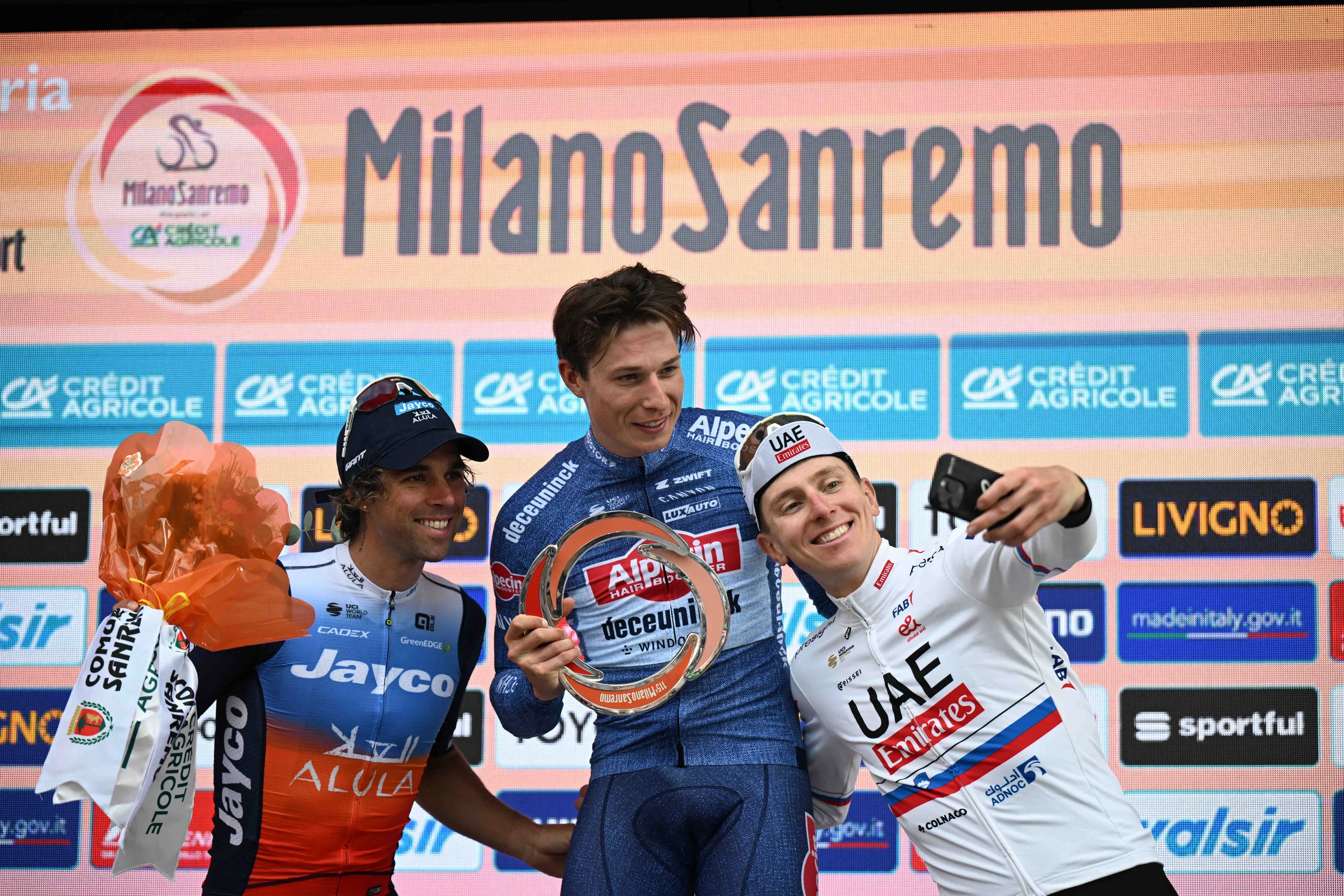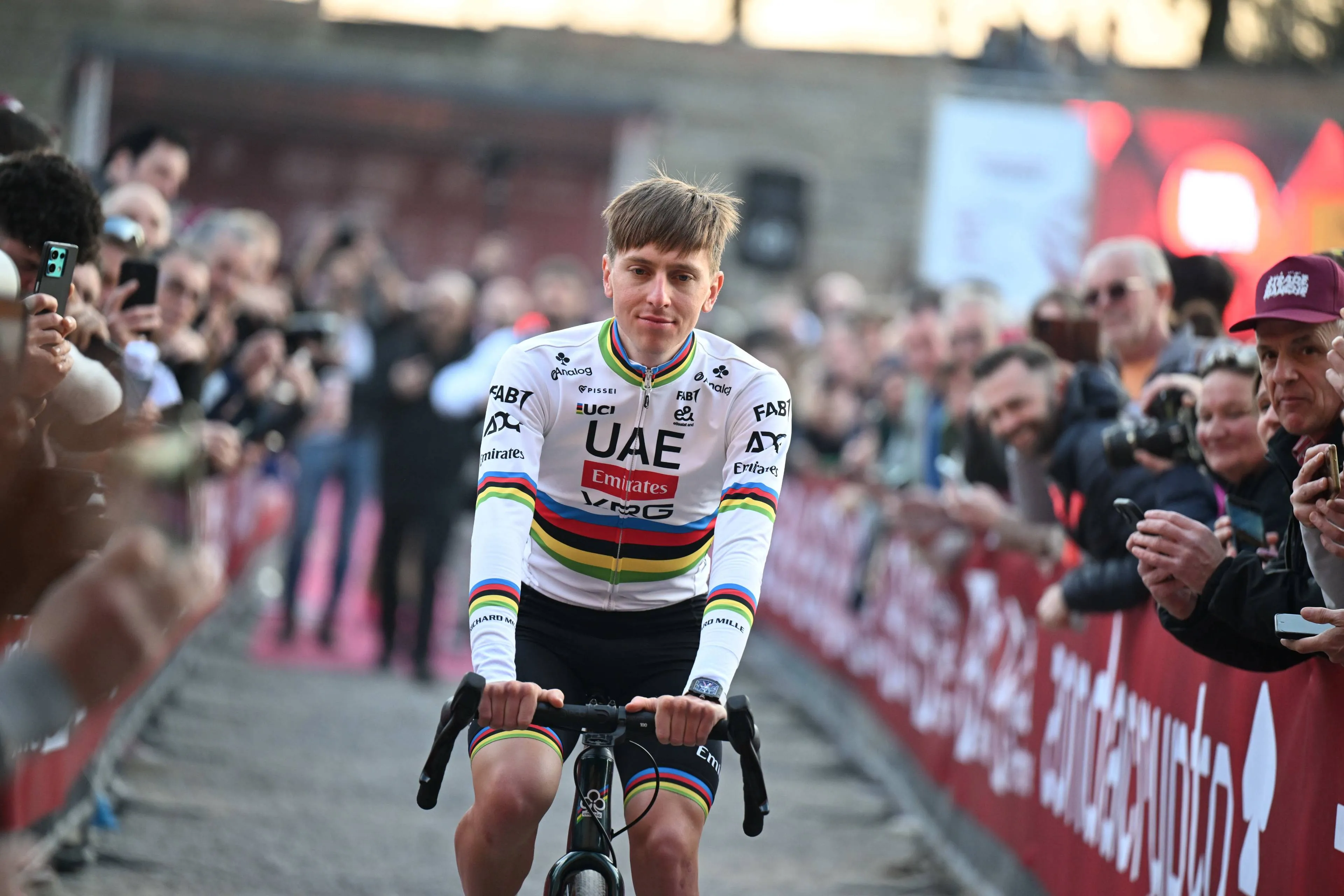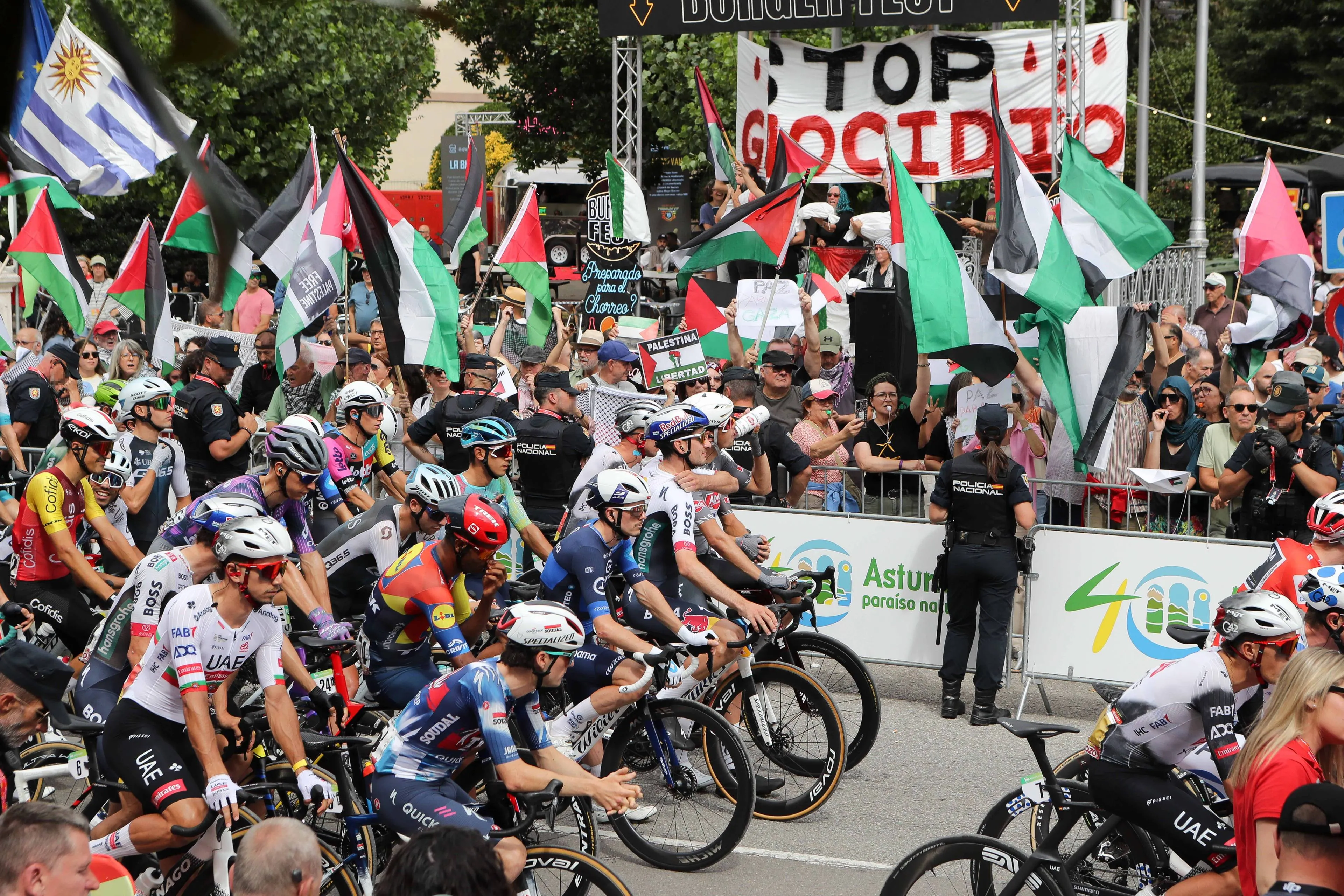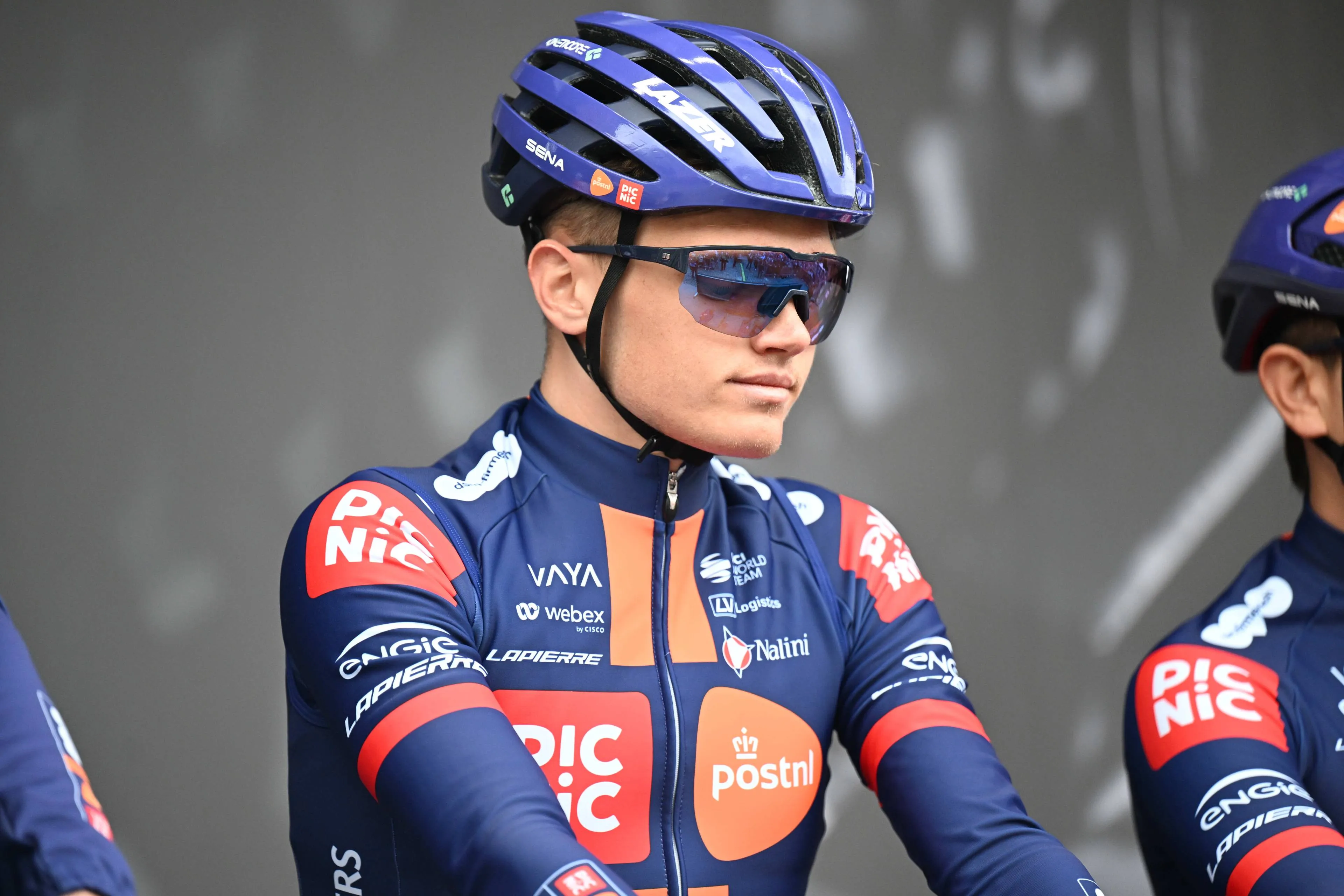ANALYSIS: It's finally time for Milano-Sanremo Women, but why has it taken so long to get here?
CyclingFriday, 21 March 2025 at 18:00

In 2025, women's cycling will witness a landmark moment with
the inaugural edition of Milano-Sanremo Women. For over a century, the men’s
race has stood as one of the most prestigious and gruelling one-day races on the
calendar, celebrated for its history, unpredictability, and ability to crown
cycling’s great champions.
The decision to introduce a women’s version is long overdue,
and is a significant step in the continued expansion of elite women’s cycling.
But why has it taken until 2025 for this race to become a reality? And what
does its introduction mean for the sport?
Read also
History
Milano-Sanremo has long held a unique place in cycling
history. As the first Monument of the season, the race has been a proving
ground for legends of the sport. Its near 300 kilometre route, stretching from
the industrial city of Milan to the picturesque seaside town of Sanremo, has
tested the limits of endurance and strategy.
Unlike the cobbled Monuments of Paris-Roubaix or the Tour of
Flanders that come later in the spring, Milano-Sanremo is a race that allows
for different styles of riders to shine, sprinters, climbers and everyone
inbetween all have a shot at glory, depending on how the race unfolds.
The late-race climbs of the Cipressa and Poggio, combined
with the sheer length of the course, make for an unpredictable finale, where a
well-timed move can be the difference between victory and heartbreak.
Read also
Despite its stature, a women's edition of Milano-Sanremo was
never introduced alongside the men’s race in the 20th century, unlike some
other Classics. For decades, women’s cycling faced structural barriers that
limited its growth, including a lack of investment, media coverage, and the
refusal of major race organizers to expand their events to include women.
While races like
Liège-Bastogne-Liège and the Tour of Flanders introduced women’s editions,
Milano-Sanremo remained an outlier, with race organisers resistant to change.
One of the key reasons for the delay in establishing a
women's Milano-Sanremo was the sheer length of the race. The men’s edition is
the longest professional one-day race on the calendar, typically approaching
300 kilometres.
Read also
Historically, there has been reluctance from governing
bodies and race organisers to hold women’s races of comparable length, often
citing outdated notions about endurance limits. Even as women’s cycling has
continued to prove itself, breaking barriers with longer and tougher races, the
argument against a women’s Milano-Sanremo persisted. However, recent changes in
race structures and growing demand from riders and fans alike have pushed the
sport toward greater parity.
Another factor that slowed progress was the lack of a direct
precedent for a race of this magnitude in women’s cycling. While many of the
major men’s Classics have added women’s editions over the years, Milano-Sanremo
had no obvious template to follow. The race’s unique characteristics (its
extraordinary distance and tactical unpredictability) meant that simply copying
the men’s race was not a straightforward option. Race organisers needed to
consider how best to adapt Milano-Sanremo for the women’s peloton while
maintaining its essence.

Marianne Vos has the chance to add another legendary race to her palmares
Before 2025, there were attempts to create prestigious
one-day races in Italy for women, but none carried the weight or historical
significance of Milano-Sanremo. The Trofeo Alfredo Binda, for instance, has
been a staple of the Women’s WorldTour since 1974, providing a challenging
course but lacking the grandeur of a true Monument.
The Giro d’Italia Donne, the women’s equivalent of the Giro
d’Italia, has been a premier stage race, but it did not fill the gap for a
long, historic one-day Italian Classic. In essence, the women’s calendar lacked
an equivalent to La Primavera, leaving a major gap in the sport’s biggest one day
races.
The push for a women’s Milano-Sanremo gained momentum in the
last decade as women’s cycling saw significant growth. With increasing
investment, stronger teams, and greater television coverage, the argument
against holding a women’s version of the race became harder to justify.
Read also
The success of Paris-Roubaix Femmes, introduced in 2021,
demonstrated that demand for women’s editions of legendary races was not only
strong but essential for the sport’s progress. That race quickly became a
highlight of the calendar, proving that women’s cycling deserved its place
alongside the historic Monuments.
With the establishment of a women’s Milano-Sanremo in 2025,
organisers have acknowledged the need for equality and the growing appetite for
more elite women’s races. The introduction of this race means that women will
now compete in the same iconic setting that has defined men’s cycling history
for over a century.
While the exact course details are slightly different (156km
in length), the race will maintain the defining characteristics of the men’s
edition, including the Cipressa and Poggio climbs, which have been the
launchpads for many legendary attacks.
Read also
The significance of the women’s Milano-Sanremo goes beyond
just adding another race to the calendar, it is a statement about the
legitimacy of women’s cycling and its place in the broader history of the
sport. For decades, female riders have fought for more opportunities, and the
inclusion of this race sends a powerful message that their efforts are being
recognised slowly, but surely.
The impact of the race will be felt in multiple ways.
Firstly, it offers an incredible opportunity for riders who excel in long,
endurance based races. Much like in the men’s edition, the field will be open
to both sprinters and attackers, creating an exciting dynamic where different
strategies can play out.
In fact, it could be a perfect battleground for Lotte
Kopecky and Demi Vollering.
Read also
Secondly, the visibility of the race will inspire the next
generation of female cyclists, who will now have another Monument to aspire to
win. The inclusion of the race will also provide teams and sponsors with more
incentive to invest in women’s cycling, knowing that these historic events are
now part of the women’s calendar.
As the first edition of the women’s Milano-Sanremo
approaches, the anticipation is sky high. Who will make history as the first
winner? Will the race mirror the men’s event, with attacks on the Poggio and sprints
on the Via Roma?
Read also
One thing is certain: this race will not only crown a
champion but will mark a pivotal step in the ongoing evolution of women’s
cycling. It has taken far too long to reach this point, but now that it has
arrived, Milano-Sanremo for women is set to become an integral part of the
sport’s future, carrying forward the rich legacy of La Primavera while creating
its own place in history.
claps 0visitors 0
Just in
Popular news
Latest comments
- LOL, Del Toro, while very strong, is not currently racing at a level higher than Remco or Lipowitz. He can be by 2027 though and probably will be. You are discounting Remco's season this year, which his underperformance was caused by a crash that would have retired most people. He will be very strong this coming year as long as he keeps the rubber side down.awp18-12-2025
- It would be nice to see him have a healthy season and do well.JoeyB18-12-2025
- Aka the ‘junk drawers’Onepiece18-12-2025
- Marginal stainsOnepiece18-12-2025
- Business in the front. Farty in the backOnepiece18-12-2025
- Big problem. 2022 Jonas and Primoz were on a similar level to Tadej. 2026 Remco and Florian likely won’t be close to Tadej’s level once the road leans uphill. Good luck trying though!mobk18-12-2025
- gravel maybe? it is the only thing competitive that would make sense.mij18-12-2025
- many had Oier Lazkano as the man for spring, but he was a fraud. this is probably what hurt their spring more than anything.mij18-12-2025
- Naive Remco says that he and Lipowitz will try to isolate Pogi like Jumbo did in 2022. He forgets that DelToro is now better than both him and Lipowitz. I know he needs to fake pump his ego for the sake of sponsors but Remco you have to consider: 1) Pogi is stronger today then in 2022... 2) Pogi is smarter then in 2022... 3) Pogi's UAE team is stronger then in 2022... 4) Pogi now also knows how you intend to "beat" him... 5) Remco, you'll be fighting for third place with Lipowitz. Maybe you will get lucky because Pogi and Jonas will both crash or become ill. Ad acta.NikkoNicco18-12-2025
- the biggest issue with this plan - Tadej’s team has vastly improved. he won’t be isolated.mij18-12-2025
Loading
Write a comment














